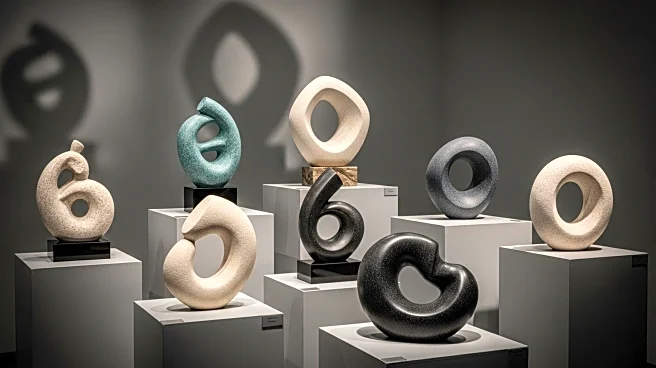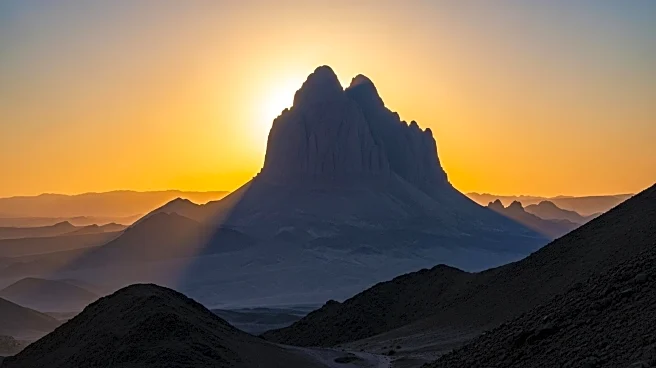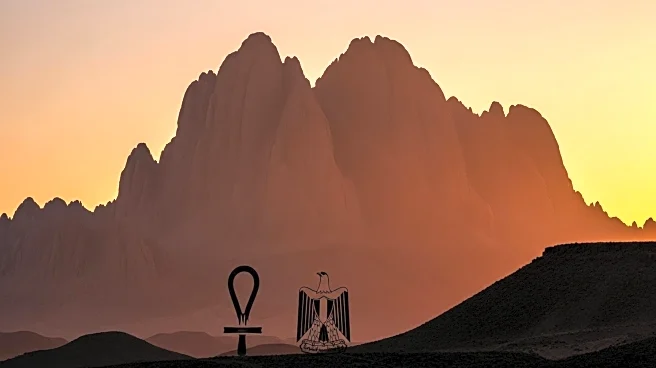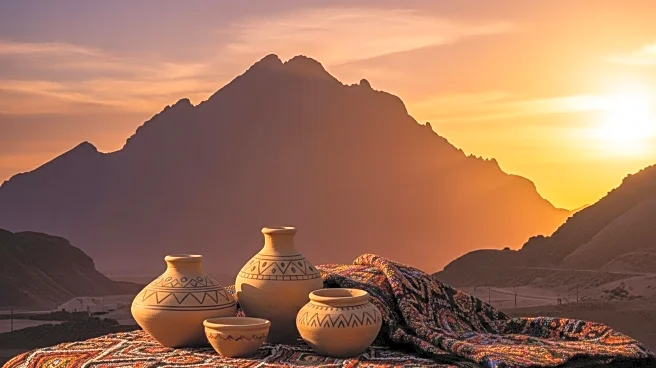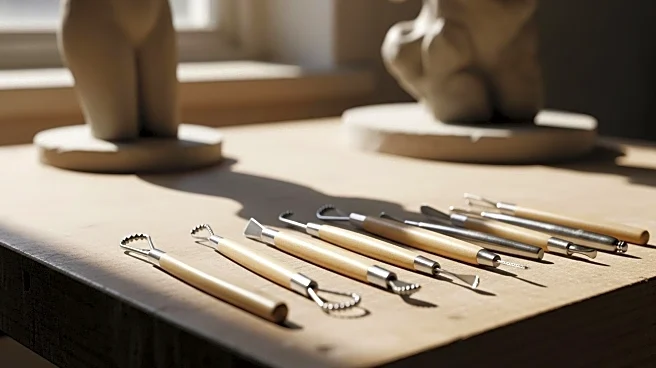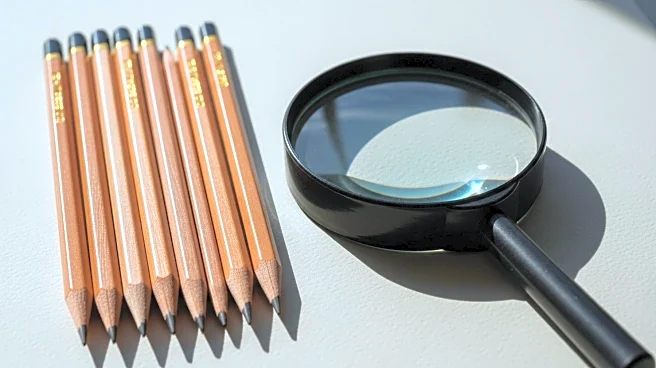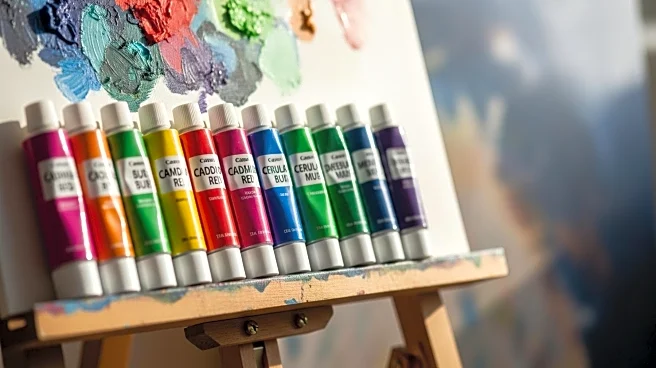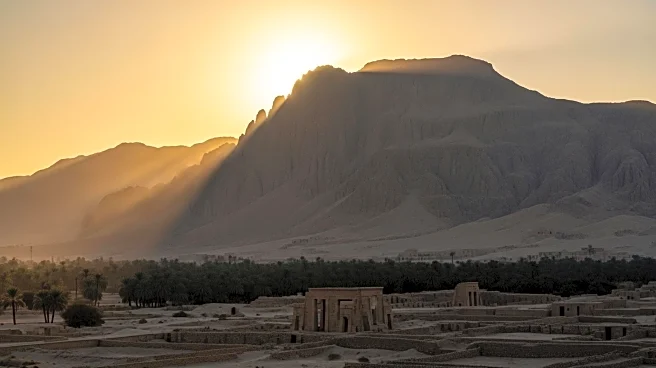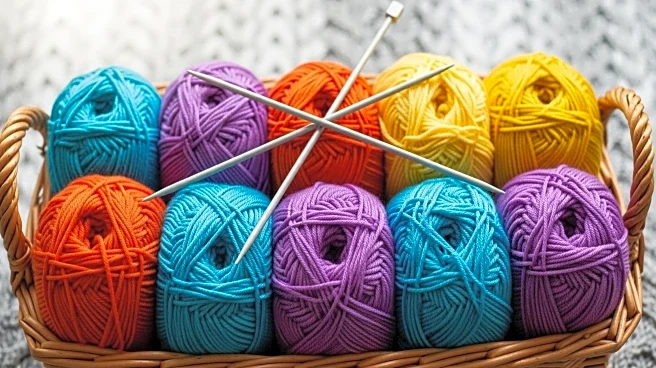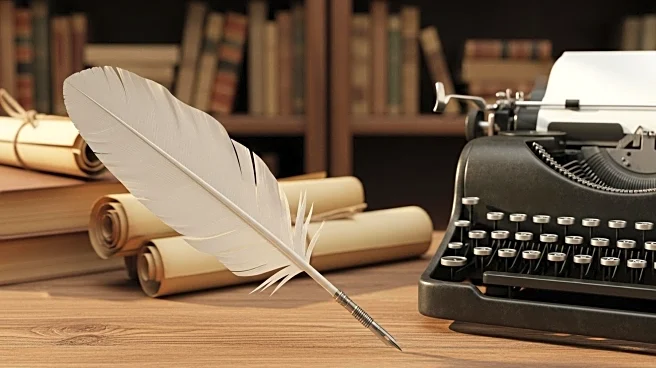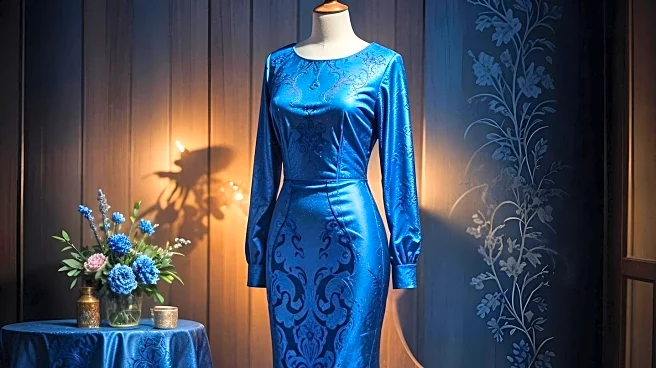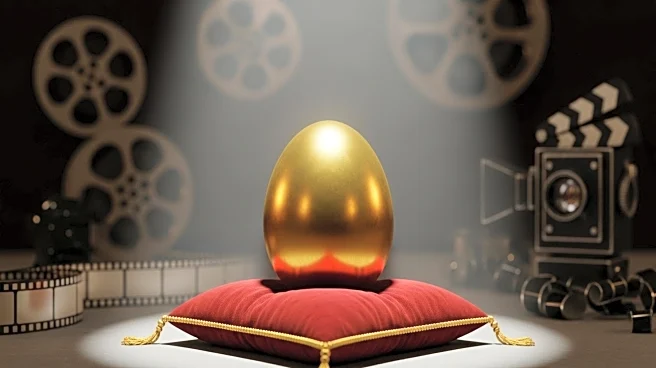What is the story about?
Sculpture is a fascinating art form that involves creating three-dimensional objects from various materials such as stone, metal, and clay. Sculptors use techniques like carving, modeling,
and casting to bring their artistic visions to life. This art form can range from monumental works that dominate public spaces to small, intricate pieces that adorn homes and galleries. The history of sculpture is rich and varied, with styles evolving over centuries to reflect cultural and artistic trends. From ancient stone carvings to modern abstract creations, sculpture continues to captivate audiences with its ability to transform raw materials into expressive forms.
### Types of Sculpture Sculpture encompasses a wide range of styles and techniques. Some sculptures are short-lived, made from materials like ice or sand that are not meant to last. Others are crafted
from durable materials like bronze or marble, intended to withstand the test of time. Monumental sculptures often serve as public art, becoming landmarks in cities around the world. Architectural sculpture is another form, where sculptural elements are integrated into buildings, enhancing their aesthetic appeal.
### Historical Evolution The history of sculpture dates back to prehistoric times, with early humans creating small
figurines and carvings. As civilizations developed, so did the complexity and scale of sculptures. Ancient Egypt, Greece, and Rome are renowned for their contributions to the art form, with iconic works like the Great Sphinx and the statues of Greek gods. The Renaissance period marked a significant evolution in sculpture, with artists like Michelangelo pushing the boundaries of realism and expression.
### Elements of
Sculpture Sculpture is defined by several key elements, including form, texture, and space. The form is the physical shape of the sculpture, which can be abstract or representational. Texture refers to the surface quality of the sculpture, which can be smooth, rough, or varied. Space is the area around and within the sculpture, influencing how it is perceived by viewers. These elements work together to create a cohesive and impactful piece of art.
### General Concepts Sculpture is not just about creating objects; it is about conveying ideas and emotions through form. Sculptors often draw inspiration from nature, history, and personal experiences, using their skills
to translate these influences into tangible works. The process of sculpting is both technical and creative, requiring a deep understanding of materials and techniques. Whether through traditional methods or modern innovations, sculpture remains a powerful medium for artistic expression.
For the benefit of users - Parts of this article may include content generated using AI tools. Our teams are making active and commercially
reasonable efforts to moderate all AI generated content. Our moderation processes are improving however our processes are carried out on a best-effort basis and may not be exhaustive in nature. We encourage our users to consume the content judiciously and rely on their own research for accuracy of facts. We maintain that all AI generated content on our platform is for entertainment purposes only. To know more about how we use AI, you can write to us at support_spaces@glance.com
Do you find this article useful?
